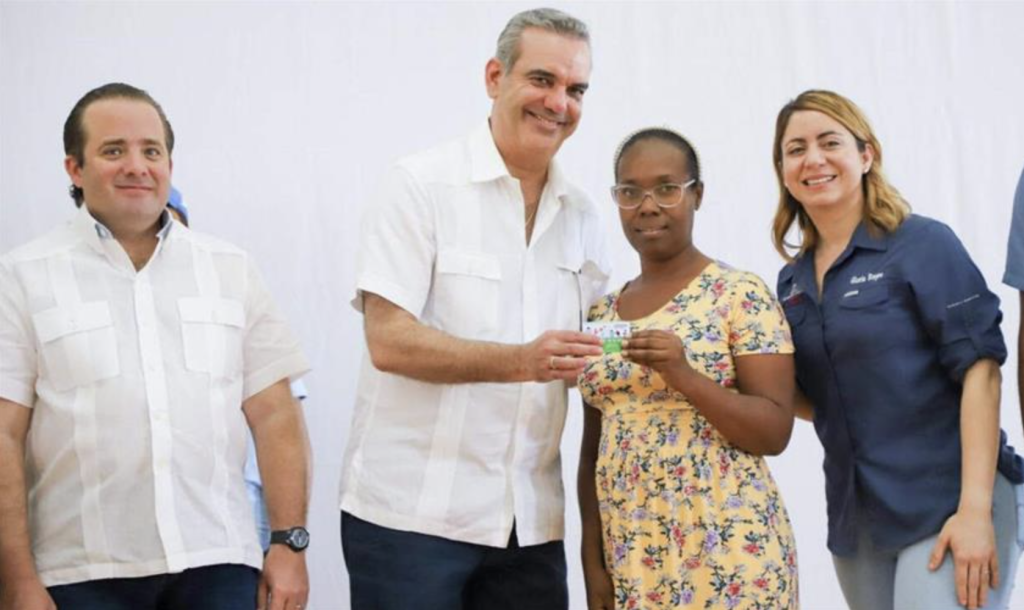
Social subsidies are double the cost of the frozen income tax exemption, Diario Libre reports, questioning the increasing spending on welfare programs by the Abinader administration.
The Dominican government’s expenditure on social subsidies significantly overshadows the cost of fulfilling a long-ignored legal mandate for annual salary indexation, according to a recent analysis.
In 2024 alone, the government spent a colossal RD$37.11 billion on just two major social assistance programs: the Aliméntate food subsidy (RD$29.68 billion) and the Bonogas fuel subsidy (RD$7.43 billion). This total for just these two programs is more than double the estimated revenue the government would forgo by adhering to the country’s tax law—an estimated RD$18.2 billion annually.
The feature in Diario Libre’s economic section points out that the disparity highlights a critical debate over fiscal priorities. The country’s Tax Code (Law 11-92, Article 296, Paragraph I) mandates that the income tax (ISR) brackets—specifically the non-taxable salary amount—must be adjusted annually for inflation based on Central Bank figures. However, the government has bypassed this requirement every year since 2017 through a provision in the annual National Budget Law, citing the need to protect fiscal revenue.
Economist Richard Medina calculated that indexing salaries would cost the government approximately RD$18.2 billion in lost revenue annually. This move would ensure that only employees earning over RD$50,000 monthly would be subject to income tax retention. Another economist, Nelson Suárez, estimated that the cumulative non-indexation had already generated RD$10.42 billion in revenue during the first eight months of 2022 alone, though he acknowledged this figure is likely an underestimate.
Despite the official narrative of strong economic growth, social spending has ballooned. In 2024, the government’s entire social development directorate, Supérate, spent over RD$50 billion on various assistance programs. The programs, which include Bono Luz, Supérate Mujer, Bono Madre, and the new “Tarjeta Joven” for students, are defended by the administration as the primary antidote to monetary poverty, which was pegged at 18.05% in the first quarter of 2025.
However, critics from opposition parties argue the subsidies are often used for political gain, especially during election cycles.
The extensive list of social aid means approximately 1.5 million families receive some form of government assistance. The Regional Center for Sustainable Economic Strategies (Crees) estimated that the number of people dependent on the government reached roughly 5.3 million by the second quarter of 2025—about 50% of the total population.
The International Monetary Fund (IMF) has previously recommended that the Dominican Republic scale back its subsidies and implement other measures to ensure the long-term sustainability of public finances.
Economist Miguel Collado Di Franco, executive vice president of the economic research entity, Crees, argues that long-term stability requires the creation of conditions that enable households to participate in higher-value productive activities and earn greater income naturally, rather than depending on tax-funded assistance.
Read more in Spanish:
Diario Libre
27 October 2025

